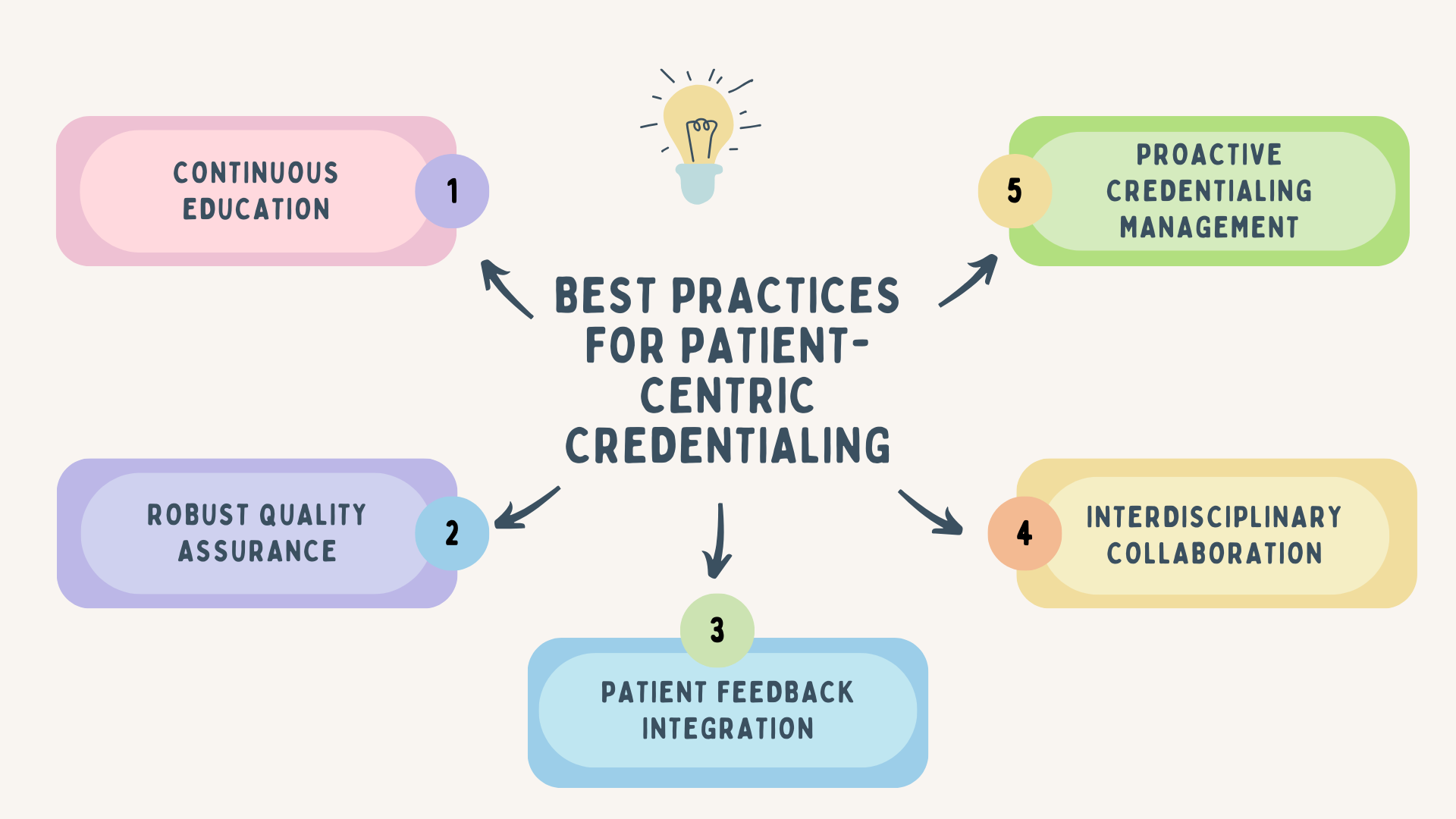In the Durable Medical Equipment (DME) industry, credentialing is often viewed primarily as a financial and administrative necessity. However, its impact extends far beyond these aspects, playing a crucial role in ensuring high-quality patient care. This blog post explores the vital connection between proper credentialing and enhanced patient outcomes in the DME sector.
Understanding the Link Between Credentialing and Patient Care
Credentialing in the DME industry serves as a quality assurance mechanism, ensuring that providers meet specific standards of competence and reliability. This process directly influences patient care in several ways:
1. Ensuring Provider Competence: Credentialing verifies that DME providers have the necessary qualifications and expertise to provide appropriate equipment and services.
2. Maintaining Regulatory Compliance: Proper credentialing ensures adherence to healthcare regulations, which are designed to protect patient safety and rights.
3. Facilitating Continuity of Care: Credentialed providers are more likely to have established relationships with healthcare systems, enabling smoother coordination of patient care.
4. Building Patient Trust: Patients feel more confident receiving equipment and services from credentialed providers, knowing they have met industry standards.
Key Areas Where Credentialing Impacts Patient Care

1. Product Quality and Safety
Credentialing often includes verifying that DME providers source and maintain equipment that meets safety standards. This directly impacts patient safety and the effectiveness of the medical equipment in supporting patient health.
2. Proper Equipment Selection and Fitting
Credentialed providers are typically better equipped to select and fit the right equipment for each patient’s specific needs, leading to better health outcomes and patient comfort.
3. Education and Support
Properly credentialed DME providers are more likely to offer comprehensive patient education and ongoing support, ensuring that patients understand how to use their equipment effectively and safely.
4. Timely Access to Equipment
Credentialing streamlines the process of working with insurance companies and healthcare providers, potentially reducing delays in patients receiving necessary equipment.
5. Compliance with Treatment Plans
Credentialed providers are often better integrated into the healthcare ecosystem, facilitating better adherence to physician-prescribed treatment plans.
Challenges in DME Credentialing and Patient Care
1.Rapidly Changing Regulations: Keeping up with evolving healthcare regulations can be challenging but is crucial for maintaining credentialing and ensuring quality patient care.
2.Diverse Product Knowledge: The wide range of DME products requires extensive knowledge for proper selection and patient education.
3.Balancing Efficiency and Thoroughness: Streamlining the credentialing process without compromising on the depth of verification is an ongoing challenge.
4.Coordinating with Multiple Stakeholders: Effective patient care often involves coordination between DME providers, physicians, and payers, all facilitated by proper credentialing.
Best Practices for Patient-Centric Credentialing

1.Continuous Education: Stay updated on the latest DME products, fitting techniques, and patient care best practices.
2.Robust Quality Assurance: Implement internal quality checks that go beyond basic credentialing requirements.
3.Patient Feedback Integration: Regularly collect and act on patient feedback to improve services and care quality.
4. Proactive Credentialing Management: Stay ahead of expiration dates and industry changes to ensure uninterrupted, high-quality patient care.
5. Interdisciplinary Collaboration: Foster strong relationships with healthcare providers to ensure comprehensive patient care.
How WWS Supports Patient-Focused Credentialing
At WWS, we understand that credentialing is more than a checkbox—it’s a crucial component of patient care. Our comprehensive credentialing support is designed to enhance your ability to provide top-quality patient care:
-Streamlined Credentialing Processes: We simplify and expedite credentialing, allowing you to focus more on patient care.
-Compliance Monitoring: Our systems keep you updated on regulatory changes that may impact patient care standards.
-Quality Assurance Support: We help implement and maintain quality assurance processes that elevate patient care.
-Educational Resources: We provide ongoing education about the link between credentialing and patient care outcomes.
-Data-Driven Insights: Our analytics help you identify areas where improved credentialing can enhance patient care.
By partnering with WWS, you ensure that your credentialing processes not only meet administrative requirements but also actively contribute to improved patient outcomes. We help you transform credentialing from a necessary task into a strategic tool for enhancing patient care and satisfaction.
Remember, in the DME industry, proper credentialing is not just about maintaining compliance—it’s about committing to the highest standards of patient care and safety.
References and Further Reading:
1. Centers for Medicare & Medicaid Services (CMS) – DME Quality Standards: https://www.cms.gov/Outreach-and-Education/Medicare-Learning-Network-MLN/MLNProducts/DMEPOSQuality/DMEPOSQualBooklet-905709.html
2. Joint Commission – Home Care Accreditation: https://www.jointcommission.org/accreditation-and-certification/health-care-settings/home-care/


